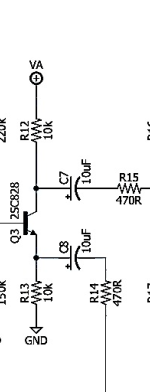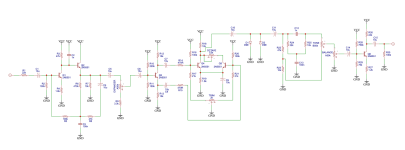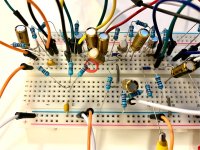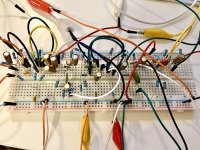Long story short, I have a modified Superfuzz pcb and want to incorporate a switch that can cut the connection between Q3's emitter and C8, a 10uf electrolytic cap. Since it's polarized I want to make sure I'm setting this up correctly... How would you do this if you were me? Seems easy enough but I think I'm complicating it... not even sure which kind of switch I'd need! Yeesh...








